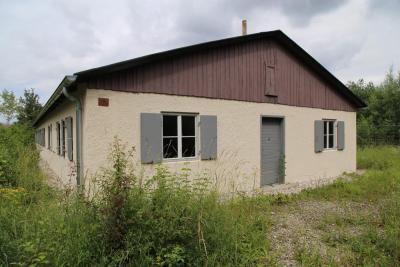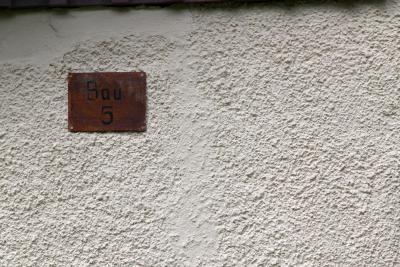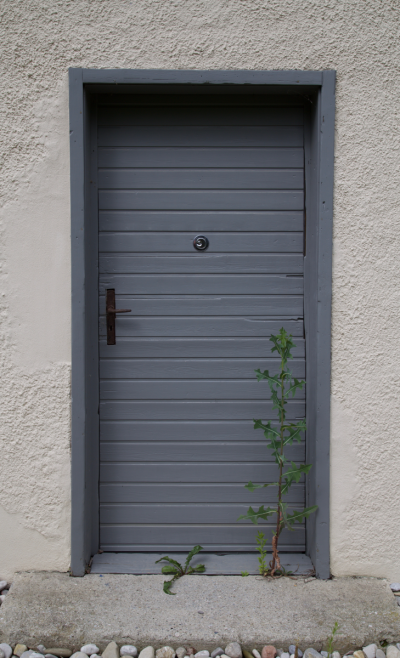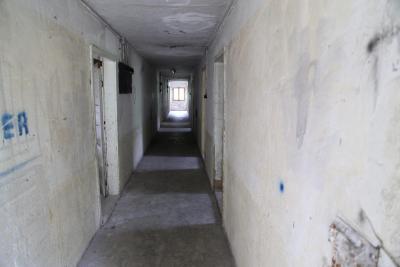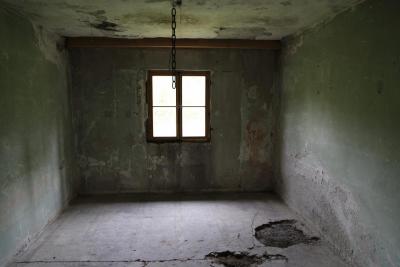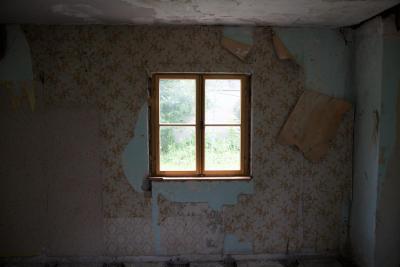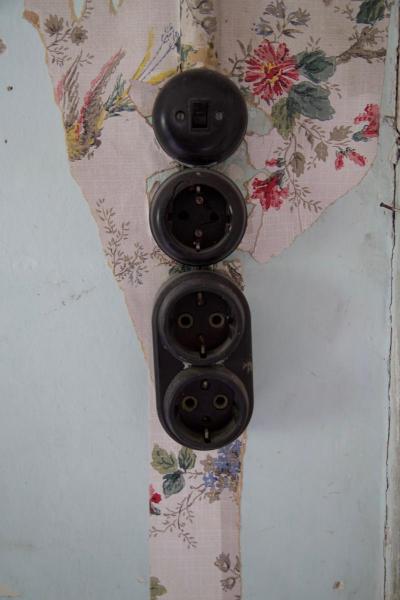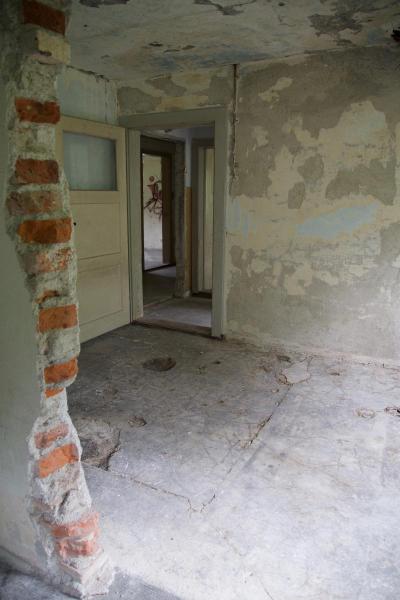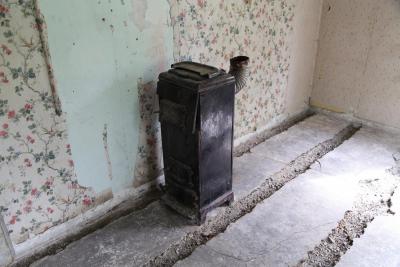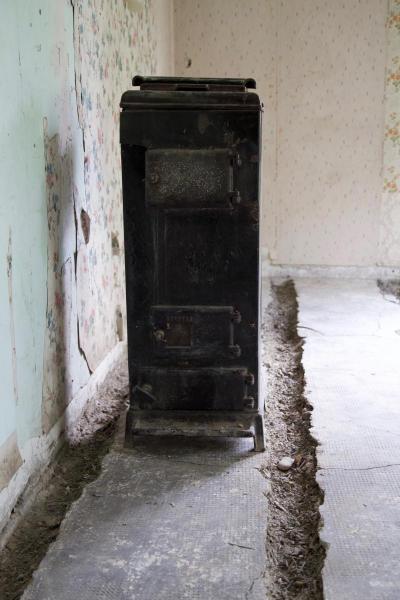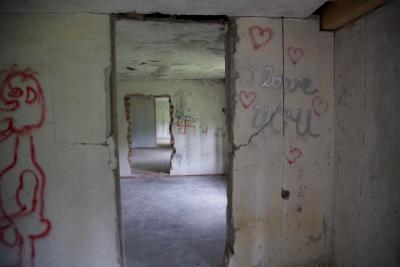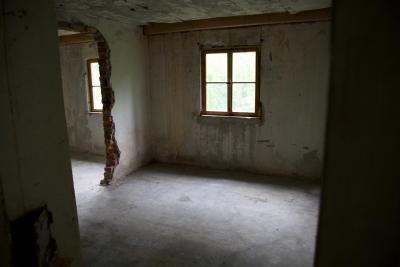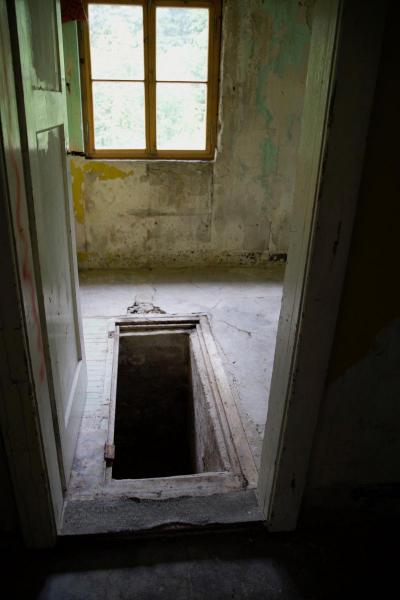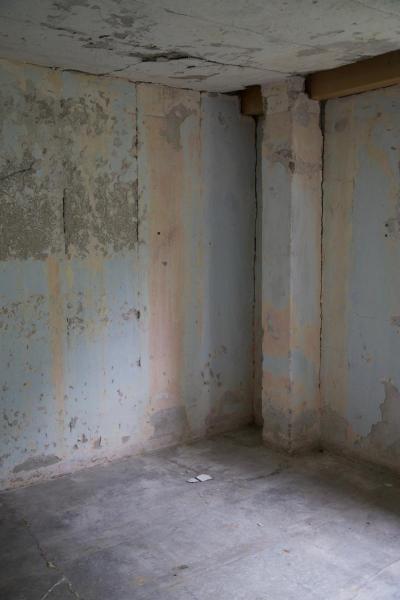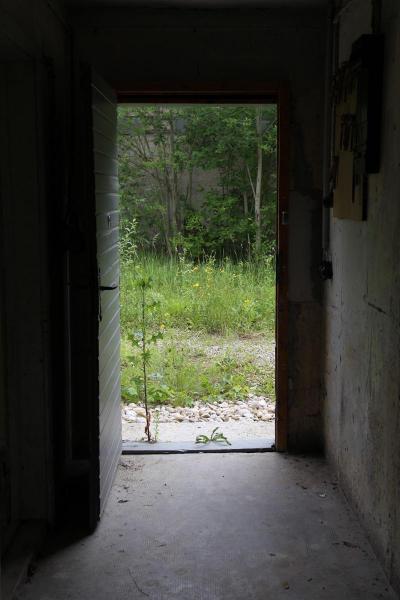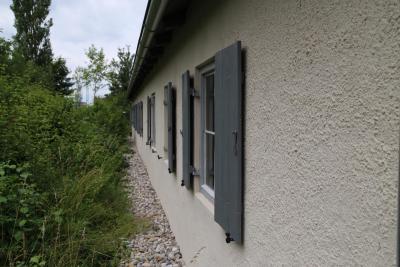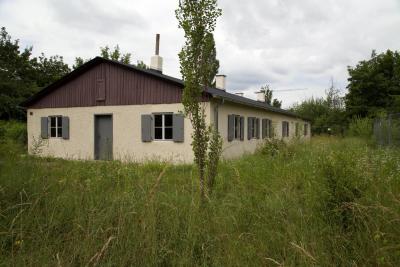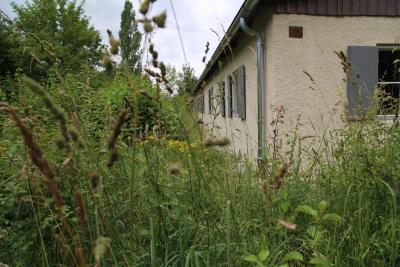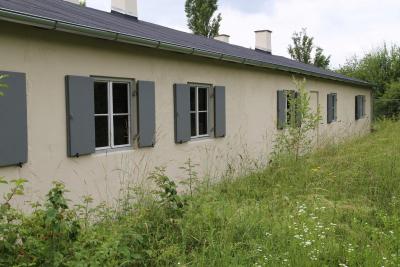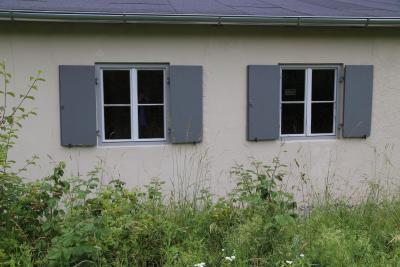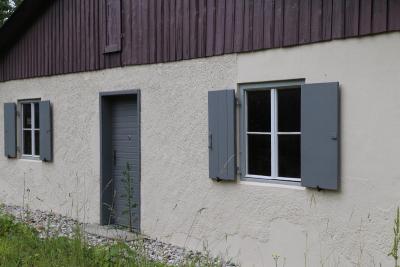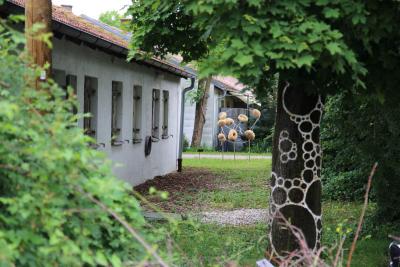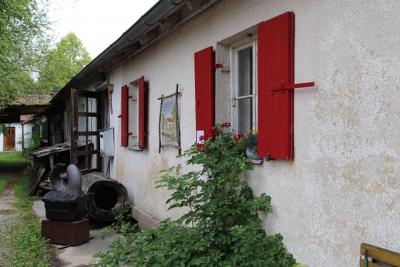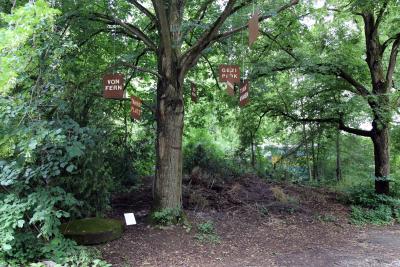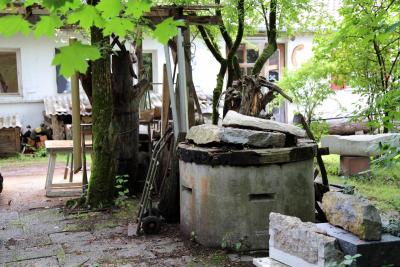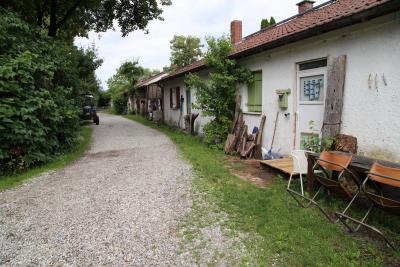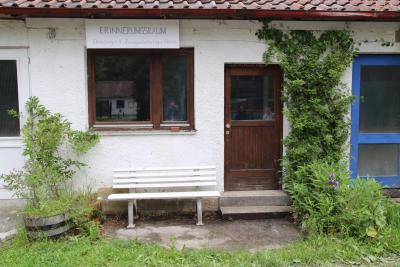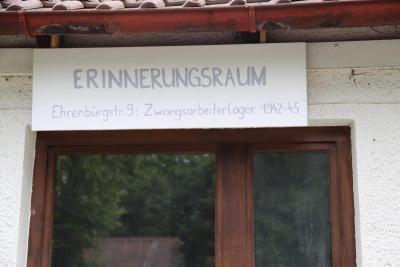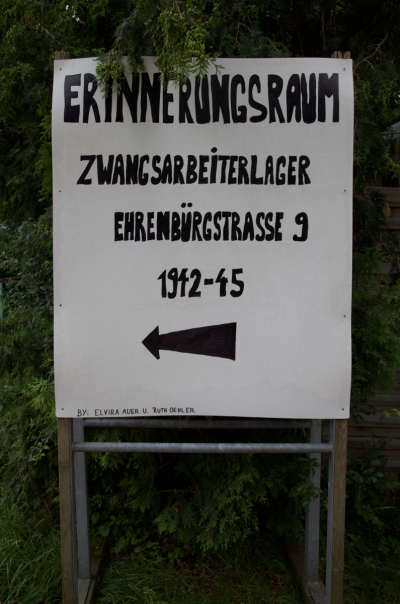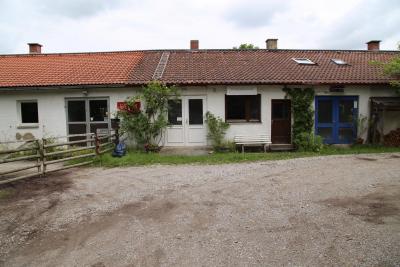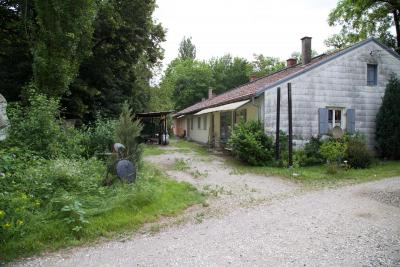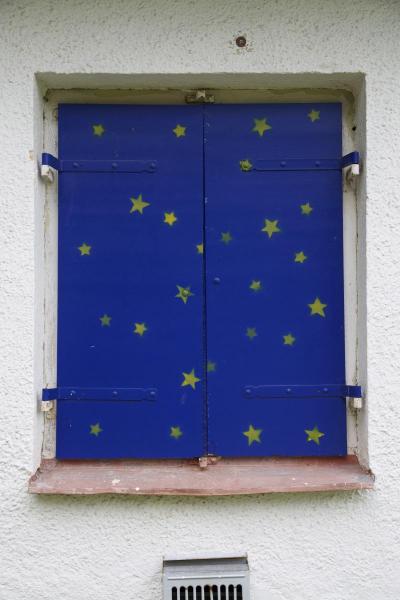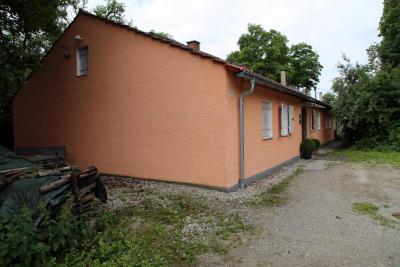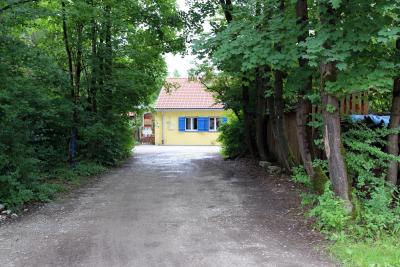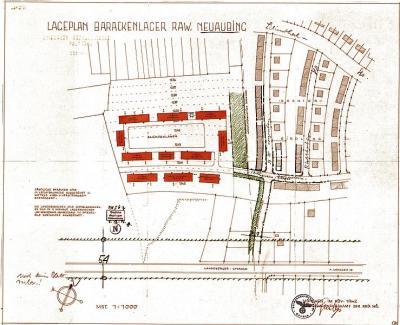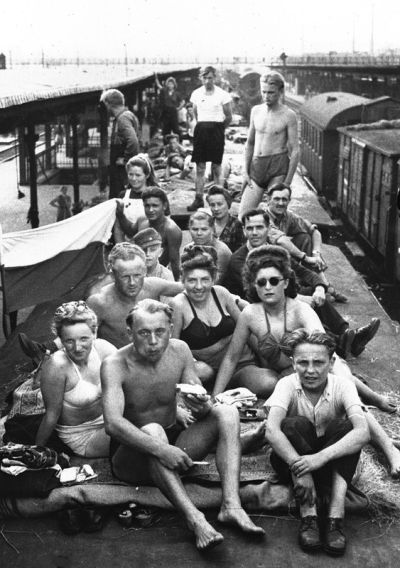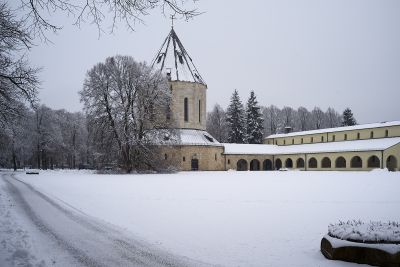Forced Labour Camp Memorial Site at Neuaubing

Forced Labour in Munich
Around 13 million foreign labourers were compelled to work for the Nazi regime. In Munich they worked for arms companies such as Krauss-Maffei, BMW and Dornier, but they were also employed by many smaller companies and businesses. The state also used forced labour, to build roads for example. More than 120,000 “civilian foreign workers” are recorded as working in the city in 1944. In addition, thousands of prisoners of war and concentration camp inmates were forced to work.
Altogether, 150,000 forced labourers worked in Munich during the war. Most of them were civilians from the Soviet Union (known as Ostarbeiter or Eastern workers), especially from Ukraine. But many also came from Poland. While initially some of them volunteered for work, as the war went on the Germans increasingly brought people from the zones of occupation to Germany by force and on a massive scale.
Without this systematically organised forced labour the Nazi regime would not have been able to wage war for so long. Even today, this mass-scale crime is insufficiently commemorated. Compensation payments were a long time coming and were made only to certain groups.
Conditions at the RAW-Camp Neuaubing
Most of Munich’s forced labourers were housed in collective accommodation at more than 400 sites. Living conditions differed, but almost everywhere the inmates suffered from poor hygiene, harassment, a lack of privacy, hunger and homesickness.
The barracks camp in Ehrenbürgstraße served as accommodation for forced labourers at the RAW Neuaubing from mid-1942 onwards, if not earlier. As far as we know, about 1,000 people were interned there. The majority came from the Soviet Union. Others were from Poland, Italy, the Netherlands, France, Croatia, Czechoslovakia and Yugoslavia. How they were treated depended on their country of origin.
Among the “Ostarbeiter” and Poles there were entire families, including children and grandparents. Some of the camp inmates intermarried and had children. But we also know of fourteen deaths, some of them suicides. Dozens fled the camp when it was bombed by the Allies in spring 1945.
